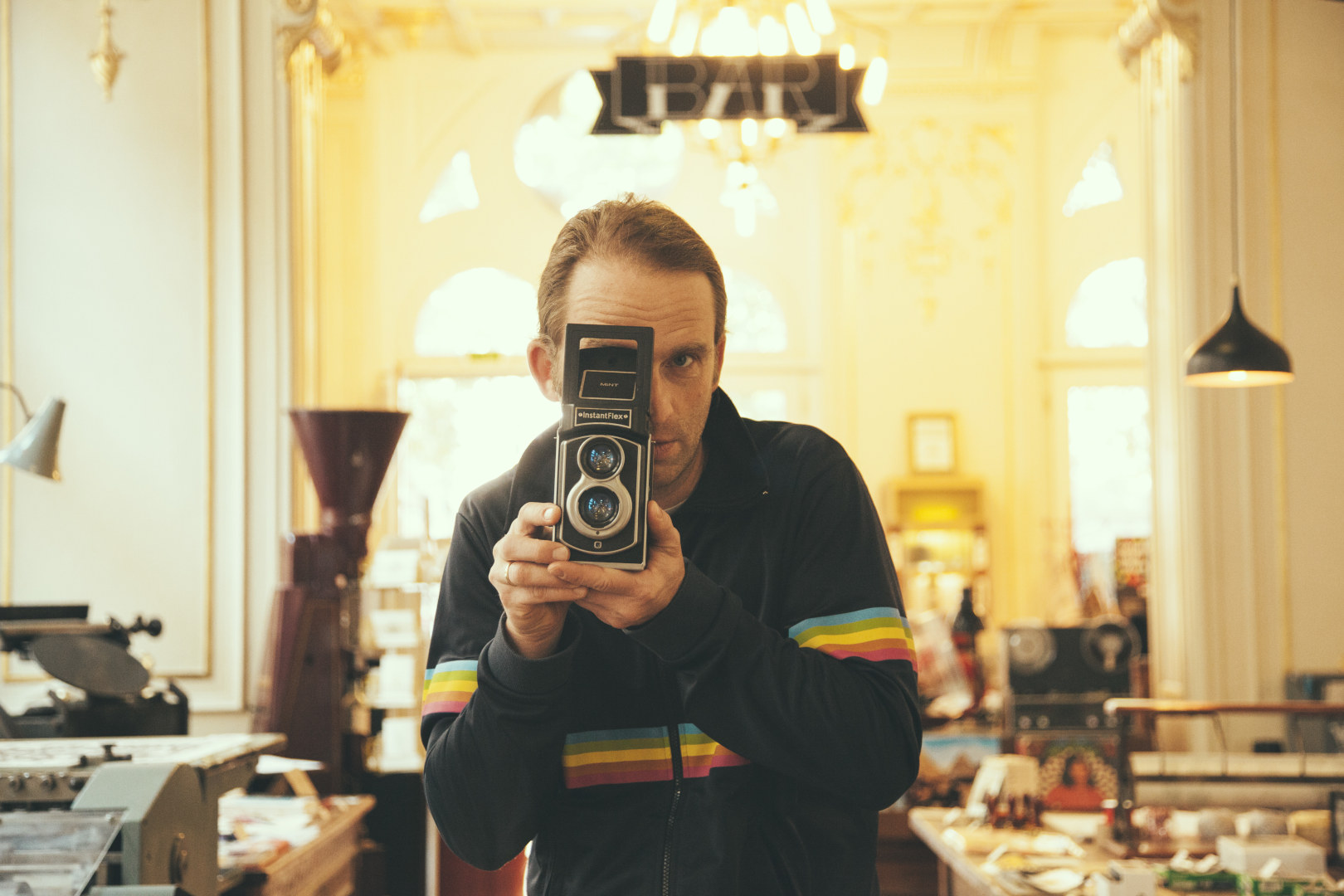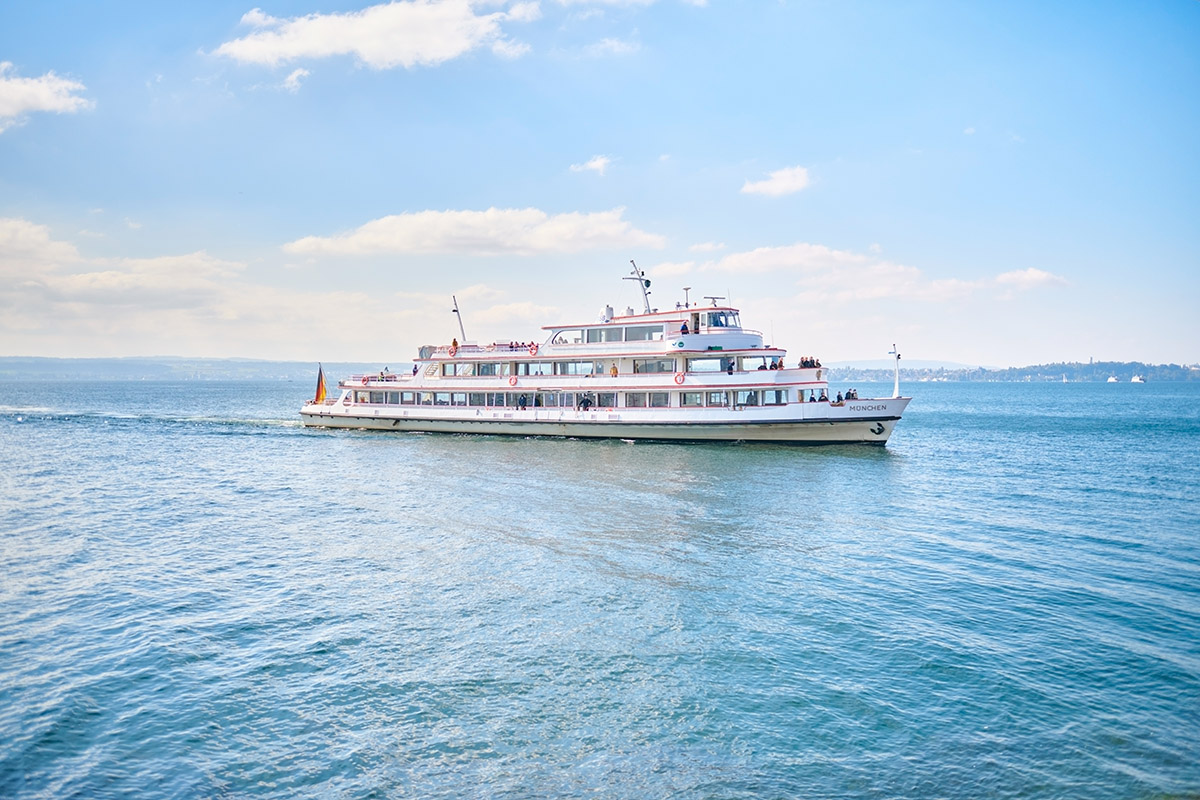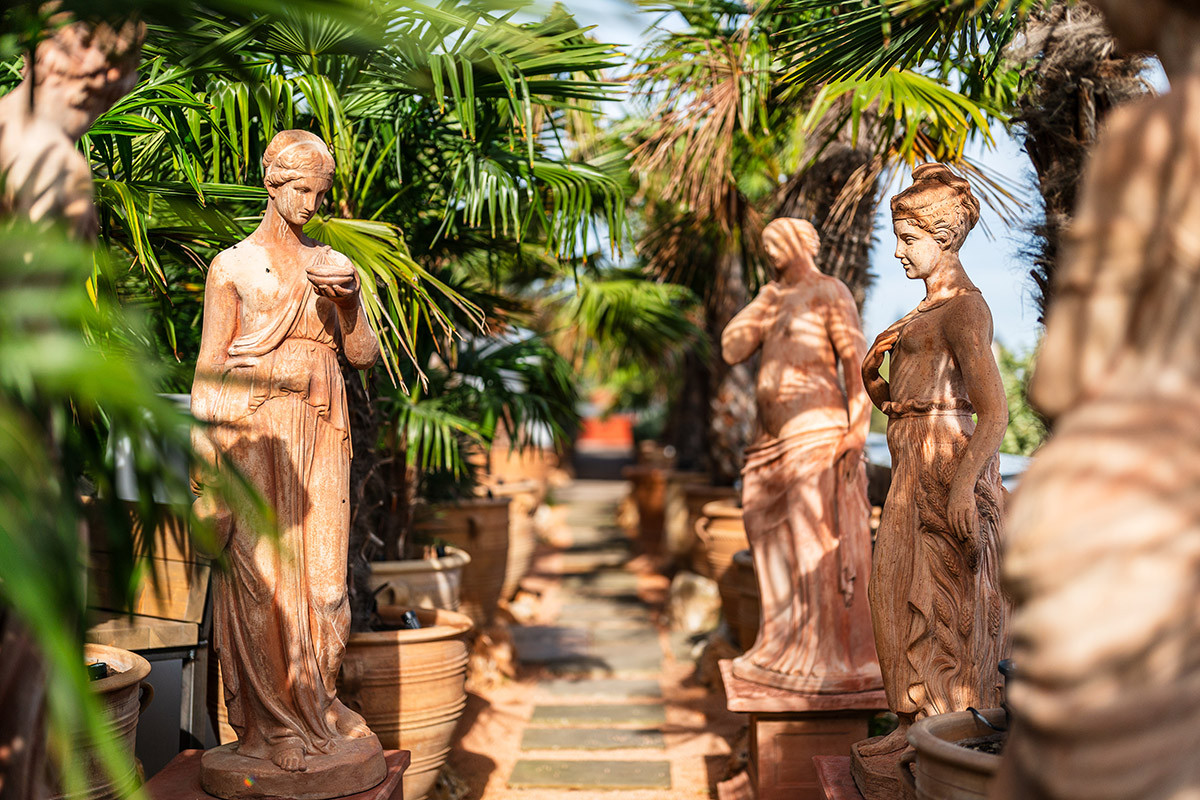The Polaroid protector

Florian Kaps is many things in one: Austrian, an entrepreneur, founder of the Impossible Project, a relentless fighter for analogue treasures in a digital world and the ultimate saviour of Polaroid film. He talks to Discover Germany about his immense love for analogue photography, his newest venture in Vienna and much more.
TEXT: NANE STEINHOFF | FLORIAN KAPS. – PHOTO: © EVA MÜHLBACHER
With his tied-back, blonde ponytail, 46-year-old Florian Kaps, who was born in Vienna, looks like a creative man; and he indeed is. But he is also a graduate biologist. So, how did his fascination of analogue photography come about as a biologist? “It’s all grounded upon my fascination for our senses with a huge interest in sight. In biology, I graduated on the eyes of a spider. At my first ‘real’ job at the Lomographic Society, I was working with night vision devices. There, I fell in love with analogue photography as a magic medium to capture your favourite visual moments for eternity,” Kaps smiles.
When Polaroid announced the end of its business operations and thus the end of instant film in 2008, it was a shock for analogue photography enthusiasts all over the world – and, of course, also for Kaps. Instant photography seemed to move even further towards its final death sentence. But Kaps did not want to accept this status quo scenario and instead brought the Impossible Project to life.

PHOTO © MARCO CHRISTIAN KRENN
Making the impossible possible
Kaps’ Impossible Project rose to international fame due to their somewhat crazy determination to save Polaroid. They stepped in to buy the last remaining factory, only days before it was supposed to close down. Kaps explains: “We honestly did not even think about it for one minute. We had just built and discovered an exponentially growing customer group of new generation instant photographers so we had to fight for this very last chance to keep this medium alive! Even if I honestly did not have any or much idea of how to restart the production of analogue instant film, we started the Impossible Project to preserve the last production plant of Polaroid film in Enschede in the Netherlands. This plant houses the ultimate selection of super specialised crucial production machines. We literally saved it from demolition the very last second in 2008.”
Because Polaroid’s machines were already dismantled, the supply chain had already been destroyed and there were no specific formulas to follow, saving Polaroid seemed impossible to many. Even the Polaroid company thought that Kaps’ idea was somewhat crazy. Kaps smiles: “Being a Polaroid dealer for several years, I had good contacts with the Polaroid management. Nevertheless, they were somehow surprised that I reacted so strongly to their announcement to close the last factory. ‘Come on,’ they said, ‘even you have to be aware of the fact that the future is digital. Come join us to build this future together. We have brilliant products like new digital cameras and the ZINK technology’.” He adds: “They were not at all interested in this crazy Austrian guy fighting for an outdated factory and turned me down several times – all I could get was an invitation to the Enschede factory’s closing event – where, after all, I met Andre Bosman who had all important insights into the factory and helped me to build a powerful task force to fight for the future of analogue instant.”

PHOTO © MARCO CHRISTIAN KRENN
Fighting relentlessly for analogue treasures
What followed were months of persistence, tough negotiations with Polaroid and probably the hardest analogue fight that has ever existed. No wonder, this period also significantly coined the company’s name. Kaps explains: “Polaroid did not stop to repeat over and over again that our vision to keep this factory alive is nothing but impossible. ‘Well,’ I said, ‘I can understand that and if you feel better, we can even name the whole thing the Impossible Project, but please do not take away the very last chance from us to at least try it.’ Only a few hours after this meeting, I found a quote by Edwin Land, the inventor of Polaroid. He once said: ‘Don’t undertake a project unless it is manifestly important and nearly impossible’.” This was exactly what the project planned to do and thus, the name ‘Impossible Project’ was born.
“Big challenges blocked our way on a daily basis from the very start, even as we finally succeeded to secure the factory after six hard months of fighting with the Polaroid management. Trouble basically just started and still does today; the list of challenges for the Impossible Project is long. That said, it was never an option to give up because we had this incredible support of all of these instant photographers from all over the world. In the hardest moments, I always look at their images and suddenly feel that we have to go on and that what we are fighting for is of incredible importance,” Kaps adds. With a high degree of persistence and a massive amount of help from chemists, engineers and photographers alike, the Impossible Project managed to reinvent instant film from scratch. Today, it is the only company in the world to produce original format instant film in both colour and black and white.

PHOTO © MARCO CHRISTIAN KRENN
A true all-rounder
Saving Polaroid is not where it ends for instant photography enthusiast Kaps. When Fuji announced that it would discontinue its last peel-apart instant film, Kaps decided to also try and save this format. At the moment, the fight is still going on but it looks rather promising that the only remaining packfilm can also be saved – not least due to a massive amount of international, as well as famous supporters of the cause.
Furthermore, after deciding to leave the Impossible Project, Kaps opened the Supersense store in Vienna’s second district in 2014 – a true El Dorado for analogue enthusiasts. Here, visitors can play with analogue treasures, relax, sit down for a drink and snack with friends or simply indulge in the store’s exceptional ambiance. Kaps explains: “Our dream at Supersense is to touch all senses. To achieve that, we work off our beloved analogue tools and technologies – analogue instant photography, vinyl records, letterpress, a wonderful coffee machine and a smell laboratory. They offer one real experience from the beginning to end: from creating to discovering and using them, they offer one magic, holistic, multi-sensory and intimate experience.” He adds: “I’ve always dreamed of a place where all those other legendary and iconic analogue tools and techniques – which seemed to be obsolete in this digital world for much too long – come together and are celebrated with all our passion and expertise in a very special magic location of no other kind. Supersense is our ongoing, ever-involving experiment to create such a place with all our experience and analogue heart and soul.”
After travelling all over the world, we want to know why he chose Vienna as Supersense’s location. “I really have to admit that I’m very happy to somehow re-discover ‘my’ city. Somehow, Vienna had become the world`s most analogue city and when I discovered this crazy Venetian palace in the heart of this city I knew right away that this place simply had to be converted into the most analogue Wunderkammer of all time,” he smiles.

PHOTO © MARCO CHRISTIAN KRENN
Digital vs. analogue
Funnily enough, it seems that the younger generation that grew up with digitalisation is now the main group to be interested in analogue photography – and not only bearded hipsters can be seen enjoying it. In today’s digital world, where more and more analogue things get pushed aside by their digital counterparts, what is the reason for this? Kaps explains: “The real fascination and essential importance for me lies in the real, haptic feature of the medium – in a digital world where we’re most and foremost touching the screens of our mobile devices and images are just virtual floating in cyberspace, each and every time I truly enjoy the haptic experience of analogue instant photography.”
“Only a real image that resembles a value that you have to fight for will be able to preserve your most precious moments for the future. Preserving this medium to me means giving people a wider choice of creative possibilities and honouring one of the most fascinating inventions in the history of photography,” he concludes.

LEFT TO RIGHT: FLORIAN KAPS IN FRONT OF SUPERSENSE © MARCO CHRISTIAN KRENN, SUPERSENSE STORE © GEBHARD SENGMÜLLER
Subscribe to Our Newsletter
Receive our monthly newsletter by email




